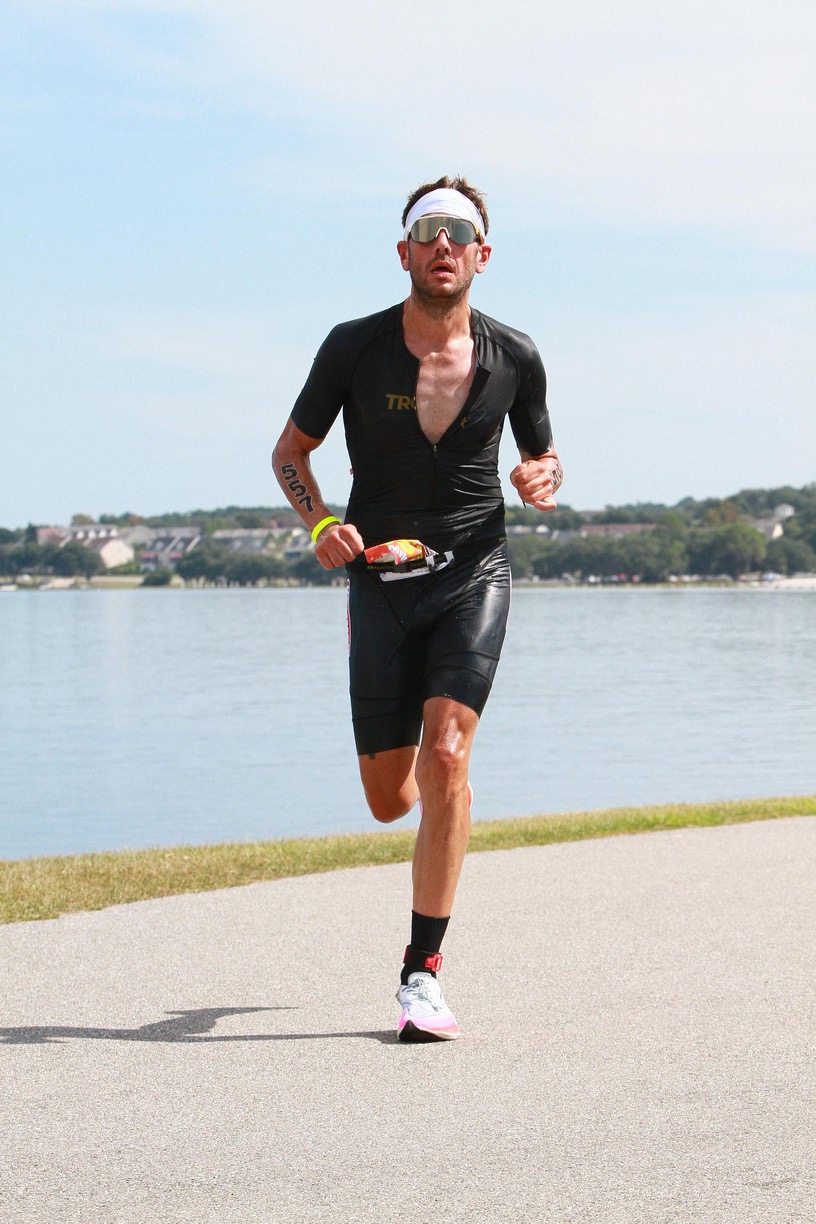The Hidden Inaccuracies! Why Single Left-Sided Power Meters May Be Misleading Your Cycling Training!
- Mike Mason
- Jul 1, 2024
- 3 min read
The Inaccuracy of Single Left-Sided Power Meters for Cycling
Power meters have revolutionized the way we train and race. By providing real-time data on power output, these devices allow athletes to optimize their performance and track their progress with precision and guage accurate and true effort . However, not all power meters are created equal. One type, the single left-sided power meter, has gained popularity due to its lower cost and ease of installation. Despite these advantages, single left-sided power meters can present significant inaccuracies that cyclists should be aware of. As a bike fitter, I have to explain many times to my clients, when they go to dual sided power, that their bike fit is still correct...they were just seeing only one side of the power equation.
Understanding Single Left-Sided Power Meters
Single left-sided power meters measure the power output of the left leg and then double it to estimate the total power output. This approach assumes that the cyclist's power distribution between their left and right legs is perfectly symmetrical. Unfortunately, this assumption is rarely accurate in practice.
The Problem of Asymmetry
Most cyclists do not have a perfectly balanced power output between their legs. Factors such as leg dominance, previous injuries, muscle imbalances, and even riding style can cause one leg to produce more power than the other. Studies have shown that asymmetry can range from slight (2-3%) to significant (10% or more). When a cyclist with a notable asymmetry uses a single left-sided power meter, the device will provide inaccurate readings, potentially misguiding their training efforts.
Impact on Training and Performance
The inaccuracies of single left-sided power meters can have several detrimental effects on a cyclist's training and performance:
1. Misdirected Training Intensity: If the power meter overestimates or underestimates the total power output due to leg asymmetry, the cyclist may train at incorrect intensities. Overtraining or undertraining can lead to suboptimal performance gains or increased risk of injury.
2. Incorrect Data for Analysis: Accurate data is crucial for analyzing performance trends, setting training zones, and tracking progress. Inaccurate power readings can skew this analysis, making it difficult to make informed decisions about training adjustments.
3. False Sense of Improvement: If a cyclist's dominant leg becomes stronger while the other leg remains the same or weakens, a single left-sided power meter may falsely indicate overall improvement. This can create a misleading sense of progress and potentially mask underlying issues that need addressing.
Alternatives and Solutions
To avoid the inaccuracies associated with single left-sided power meters, cyclists have several alternatives and solutions:
1. Dual-Sided Power Meters: These devices measure the power output of both legs independently, providing a more accurate and comprehensive picture of total power output and any existing asymmetry.
2. Pedal-Based Power Meters: Pedal-based systems often offer dual-sided measurement capabilities and are relatively easy to install. They provide precise data on individual leg power, allowing for better analysis and training adjustments.
3. Regular Calibration and Testing: Cyclists using single left-sided power meters should regularly calibrate their devices and perform periodic testing to check for any significant asymmetry. Being aware of their own power distribution can help them interpret the data more accurately.
4. Professional Bike Fitting: A professional bike fitting can identify and address any biomechanical issues that might cause power asymmetry. Adjustments to bike position and riding technique can help balance power output between the legs.
While single left-sided power meters offer an affordable entry point into the world of power-based training, their potential for inaccuracy due to leg asymmetry cannot be ignored. For cyclists serious about optimizing their performance, investing in dual-sided or pedal-based power meters is a wise decision. Accurate data is the foundation of effective training, and ensuring that data reflects true power output is essential for achieving cycling goals.
By understanding the limitations of single left-sided power meters and exploring more accurate alternatives, cyclists can make informed choices that support their training and performance aspirations.





Comments